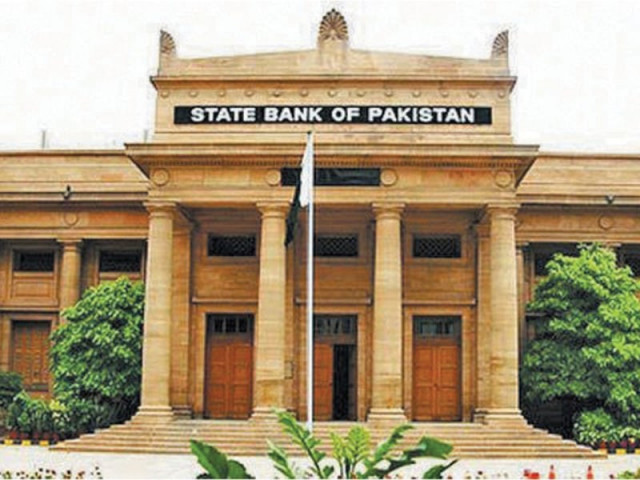
Net federal government borrowings from the central bank for budgetary support from July 1 to October 10 amounted to Rs107.4 billion, latest monetary aggregates released by the State Bank of Pakistan (SBP) show.
They amounted to Rs539.5 billion over the same period of the last fiscal year, which reflects a year-on-year decline of 80% in net federal government borrowings from the SBP for budgetary support.

The drastic reduction in the federal government’s borrowings from the central bank has resulted in contraction of money supply in the economy since the beginning of the fiscal year, SBP data shows.
Broad money – which includes currency as well as deposits with the SBP – contracted by Rs9.5 billion during July 1 and October 10. This translates into a negative growth of 0.1% in money supply. In contrast, money supply had increased Rs29.2 billion, or 0.33%, over the same period during the preceding fiscal year.
Data shows the currency in circulation has increased by Rs266.3 billion since the start of the current fiscal year. Increase in the currency in circulation during the same period of the last fiscal year was Rs184.3 billion.
Total currency in circulation on October 10 stood at Rs2.4 trillion, SBP monetary aggregates show.

Net federal government borrowings from scheduled banks since the start of the fiscal year remained Rs54.2 billion. They were in the negative zone during the same period of 2013-14, with the government retiring Rs217 billion.
Private sector credit
Credit to the private sector has remained in the negative territory so far in the fiscal year, as the country’s private businesses returned a net amount of Rs17.5 billion until October 10.
In contrast, the private sector had borrowed Rs14.7 billion in the comparable period of the preceding fiscal year, according to the latest monetary aggregates released by the State Bank of Pakistan (SBP).
Private-sector credit is a key indicator of economic growth and reflects investors’ confidence in the economy’s future prospects. Increased private-sector credit helps the gross domestic product expand, as businesses use bank loans to meet their working capital needs and make long-term investments.
The drop in private-sector credit off-take in the current fiscal year follows a historic increase in loans extended to private businesses during 2013-14 when it touched a six-year high of Rs383.9 billion. In 2012-13, private-sector credit had amounted to a negative Rs19 billion.
Credit to public-sector enterprises (PSEs) since the beginning of 2014-15 has been Rs21.6 billion, which is 42.1% less than the comparable figure recorded over the same period of the preceding fiscal year.
Published in The Express Tribune, October 23rd, 2014.
Like Business on Facebook, follow @TribuneBiz on Twitter to stay informed and join in the conversation.
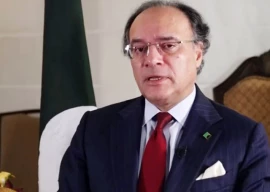

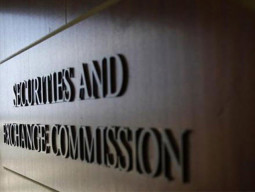

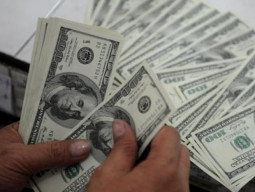

1726054615-0/OpenAI-(2)1726054615-0-270x192.webp)




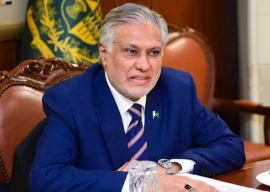






COMMENTS
Comments are moderated and generally will be posted if they are on-topic and not abusive.
For more information, please see our Comments FAQ